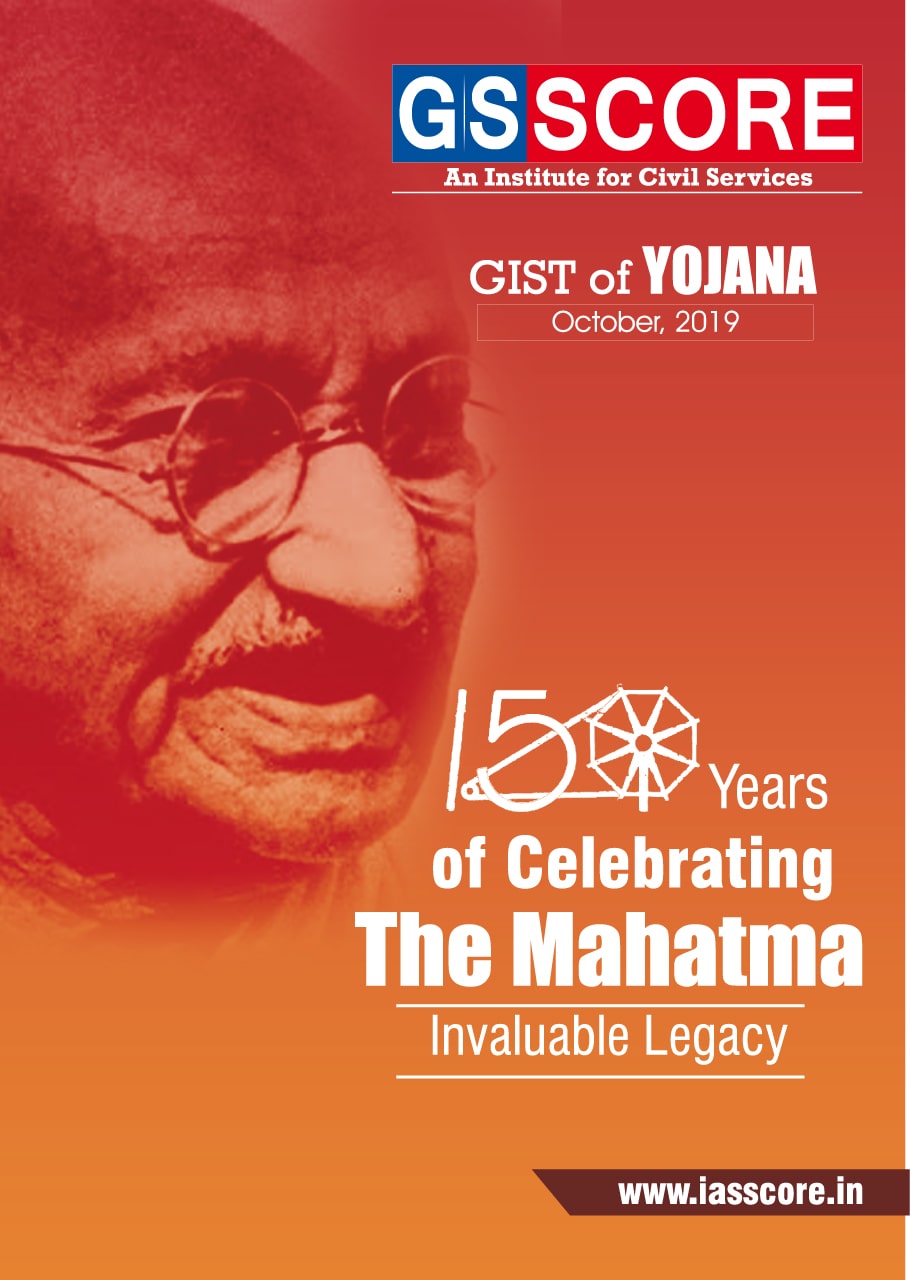


A possibility in the eco-system of Swadeshi and Swaraj

- There has been significant development in modern day governance when the Corporate Social Responsibility (CSR) which is 2% of the total profit of the corporate sector has to be spent for social betterment.
- CSR is in consonance of Gandhi’s idea of Trusteeship which was largely criticized by socialists and communists for being pro-socialists.
- However, Gandhi’s idea of Trusteeship is deeper as Gandhi which had imbibed principle of ethics in business.
- Gandhi had developed the thesis of trusteeship as an alternative to capitalism and communism as both had violent aspects.
- He had definite ideas about how people engaged in Commerce and business should act and can contribute to nation-building and forming a non-violent harmonious Society.
- He had definite ideas about how people engaged in Commerce and business should act and can contribute to nation-building and forming a non-violent harmonious Society.
Related Articles

